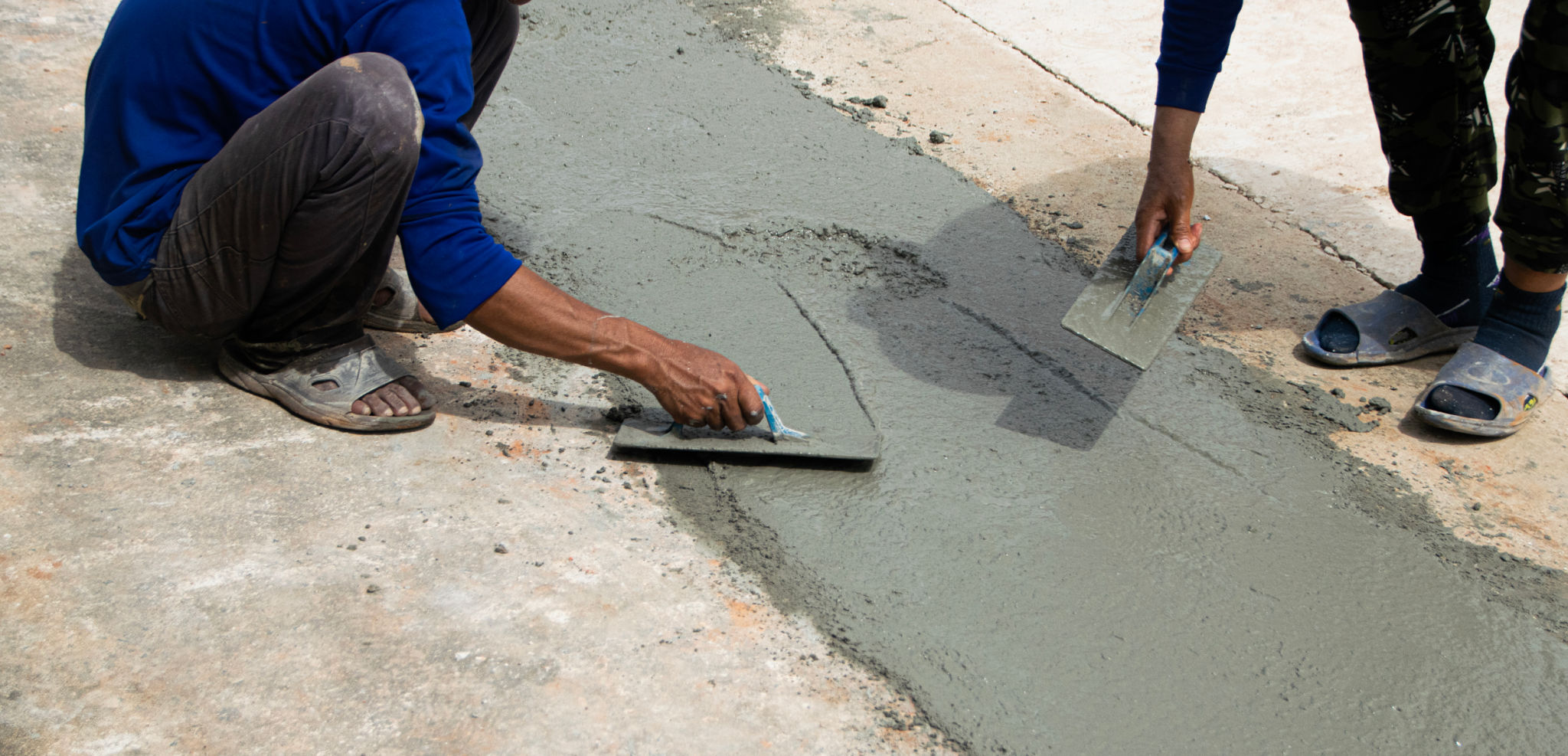DIY Tips: Repairing Small Cracks in Concrete Pathways
Understanding the Problem
Concrete pathways are a common feature in many gardens and driveways, offering a durable and aesthetically pleasing solution for outdoor spaces. However, over time, small cracks can appear due to wear and tear or environmental factors. While these cracks might seem insignificant at first, addressing them promptly can prevent further damage and maintain the integrity of your pathway.
Before you begin any repair work, it's essential to assess the severity of the damage. Small hairline cracks can often be fixed with simple DIY methods, whereas larger structural issues might require professional assistance. Understanding the cause of the cracks can also help in preventing future occurrences.

Gathering Your Materials
Once you’re ready to tackle the repair, gather all necessary materials and tools. You’ll need:
- A wire brush or broom
- Concrete cleaner
- Concrete patching compound or filler
- A trowel
- Protective gloves
- Water
These materials are typically available at local hardware stores. Having everything prepared before starting will make the process smoother and more efficient.
Cleaning the Area
Begin by cleaning the cracked area thoroughly. Use a wire brush or broom to remove any loose debris or dirt. This step is crucial as it ensures that the patching compound adheres properly to the concrete. After brushing away loose particles, apply a concrete cleaner to eliminate any stubborn stains or residues that might affect adhesion.

Patching the Cracks
After cleaning, it's time to patch the cracks. Mix your concrete patching compound according to the manufacturer's instructions. Some compounds come premixed, which can save time. Apply the compound to the crack using a trowel, ensuring that you fill it completely.
Smooth out any excess compound with the trowel, making sure that the patch is level with the surrounding surface. Allow it to dry as per the product instructions—this can vary from a few hours to overnight depending on the compound used.

Finishing Touches
Once the patch is dry, inspect the area to ensure that the crack has been effectively sealed. If any unevenness remains, lightly sand down the area for a smooth finish. Optionally, consider applying a concrete sealant over the repaired section to provide an extra layer of protection against moisture and further cracking.
Maintaining your concrete pathways doesn’t have to be a daunting task. Regular inspections and timely repairs can keep them looking great and functioning well for years to come.
Prevention Tips
To minimize future cracking, consider these preventive measures:
- Seal your pathway: Apply a high-quality sealant annually to protect against moisture penetration.
- Control vegetation: Keep plants and roots away from the edges of your pathway to prevent them from causing pressure and cracks.
- Avoid heavy loads: Limit heavy vehicle traffic over your pathways to reduce stress on the concrete.
By following these DIY tips and preventive strategies, you can maintain your concrete pathways effectively, ensuring they remain both functional and visually appealing.